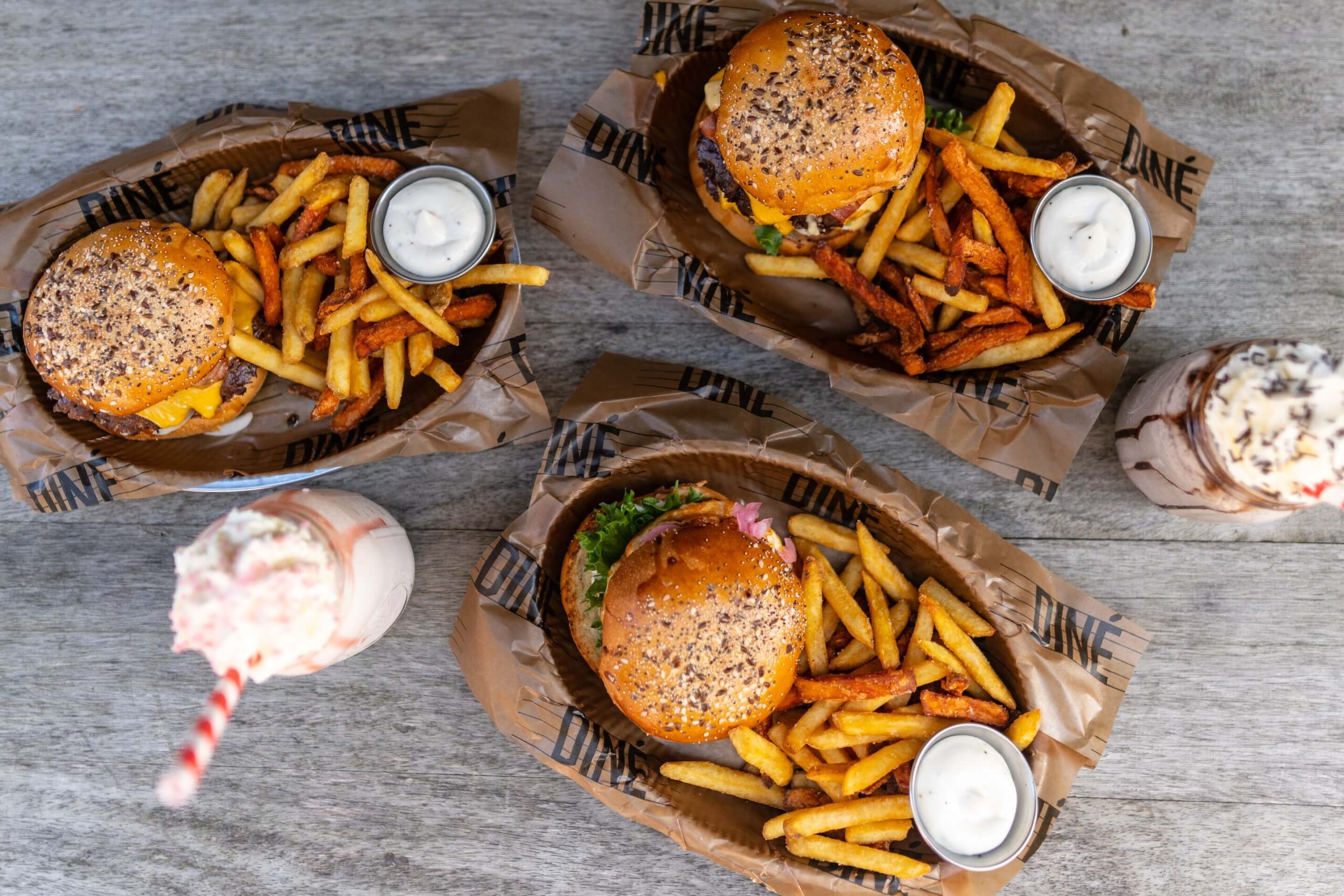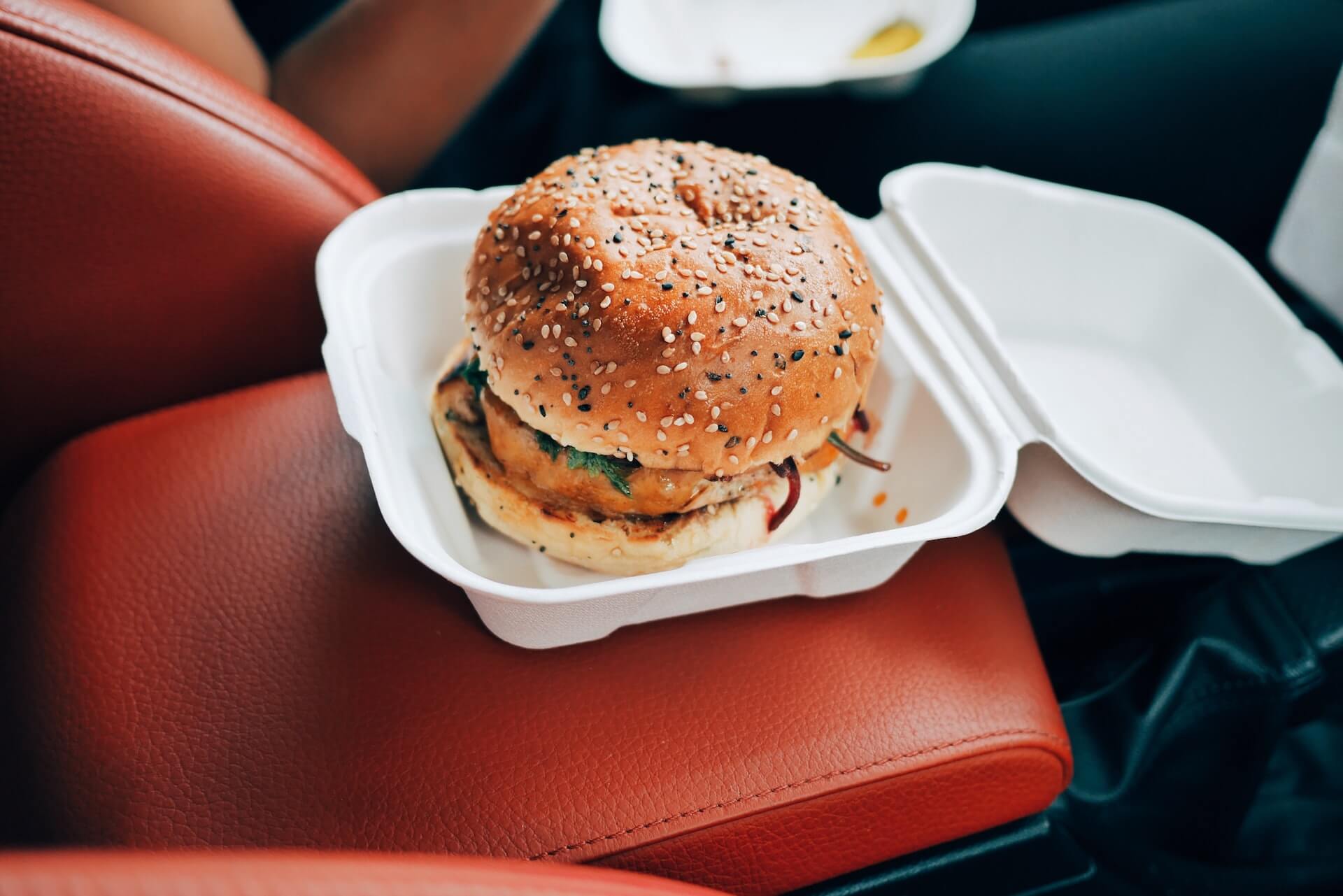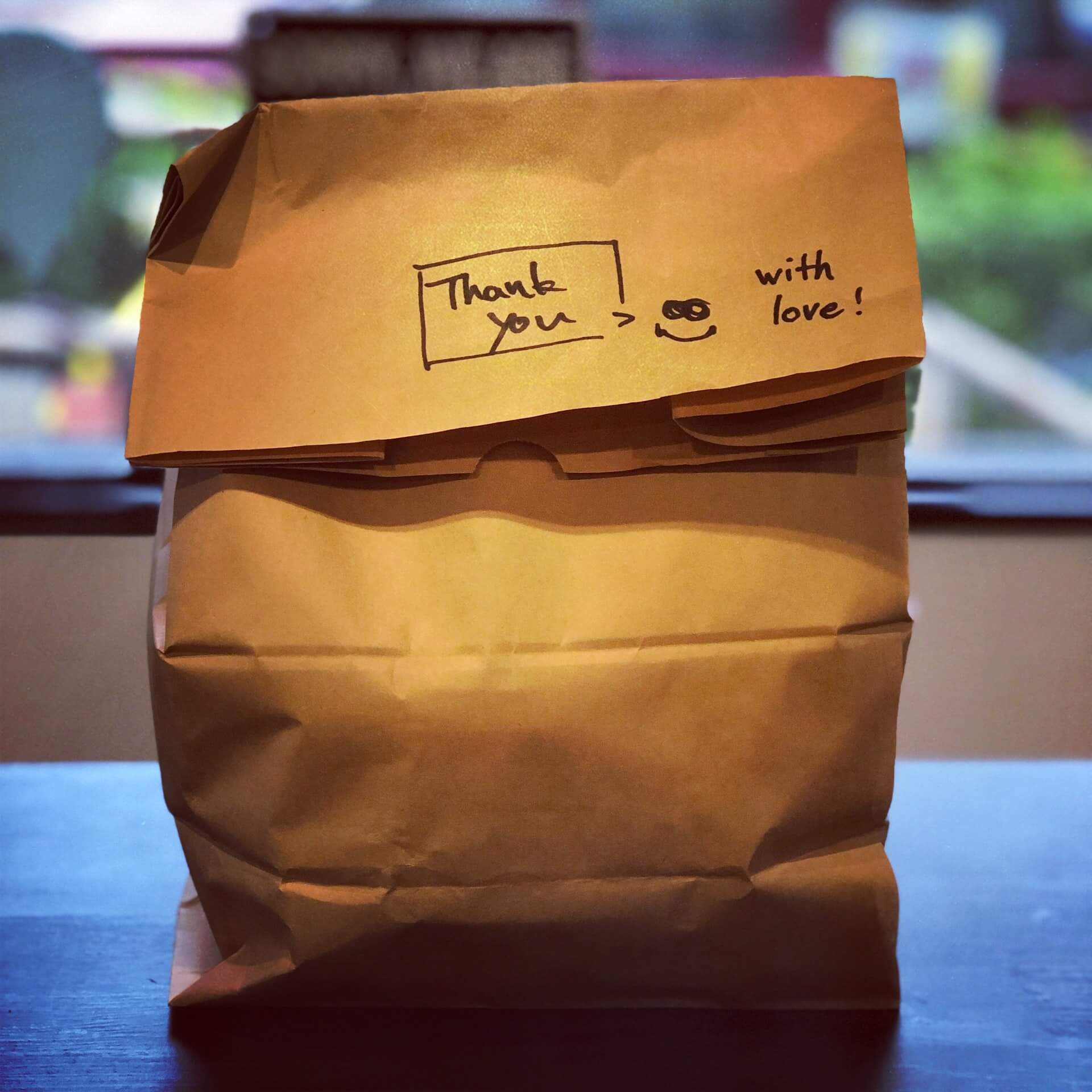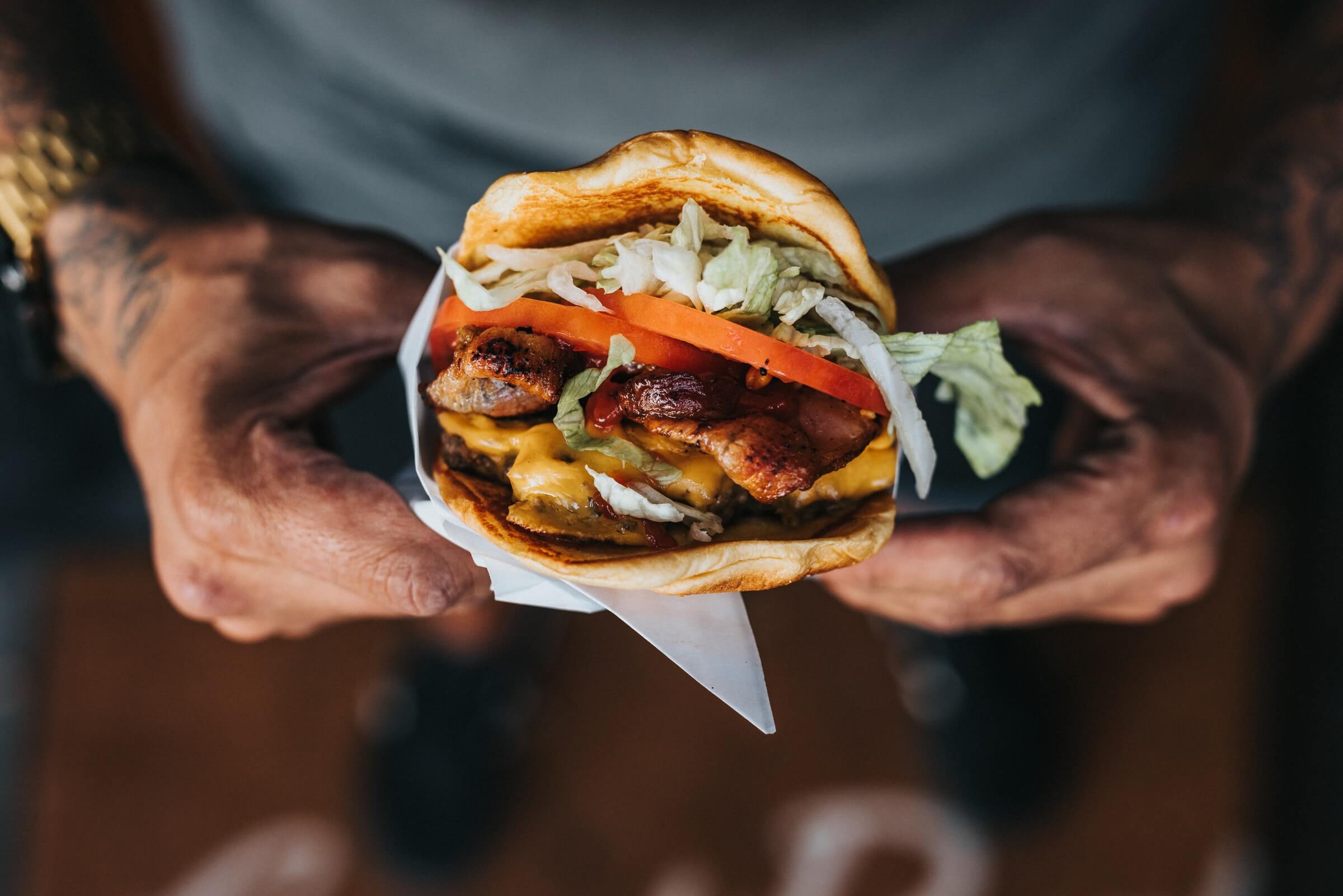Canada’s Top 2022 DoorDash Orders
by David Klemt

Operators curious about the most popular delivery items in 2022 will be happy to learn that DoorDash’s year-end report is ready for viewing.
Those who want to compare it to predictions from several sources earlier this year can click here. The DoorDash Canada report can also be compared to consumer trends in Canada revealed back in October.
Before we jump in, I’m not detailing the DoorDash report in its entirety here. To review the entire report, please click here.
Instead, I’ll be sharing the top takeaways in terms of top menu items; top cuisines; and top items by province.
Speaking of provinces, a word to New Brunswick, Newfoundland and Labrador, Northwest Territories, Nova Scotia, Nunavut, Prince Edward Island, and the Yukon. Please don’t break out the pitchforks and come for me for not including you in this article. DoorDash’s report only covers data from six provinces—I didn’t leave you out intentionally.
Top DoorDash Cuisines in Canada
- American
- Mexican
- Japanese
- Thai
- Mediterranean
- Indian
- Chinese
- Italian
- Korean
- Filipino
Top DoorDash Items in Canada
- Burgers & Fries
- Fried Chicken
- Poutine
- Sushi Rolls
- Chicken Wings
- Burritos
- Chicken Rice Bowl
- Shawarma Wraps
- Curry
- Pad Thai
I think there’s one key takeaway that stands out in regards to this list. Notably, it appears that while chicken isn’t number one, it’s undeniably popular amongst Canadian DoorDash users.
In fact, according to DoorDash data, chicken reigns supreme in British Columbia. When you reach the province-specific sections below, you’ll see how powerful the cravings in BC are for chicken.
Top DoorDash Late-night Items
Again, chicken rules the DoorDash roost in this category.
- Chicken Nuggets
- Fries
- Poutine
- Chicken Wings
- Chicken Burgers
- Apple Pie
- Cheeseburger
- Spinach & Cheese Dip
- Chocolate Fudge Sundae
- Crispy Chicken
Top DoorDash Items: British Columbia
- Burrito Bowl
- Szechuan Chicken Lettuce Wraps
- Butter Chicken
- California Roll
- Crispy Chicken Sandwich
- Tofu Bowl
- Chocolate Chip Cookies
Top DoorDash Items: Ontario
- Cheeseburger
- Coffee
- Burrito Bowls
- Chicken Shawarma
- Crispy Chicken
- Bagels
- Pad Thai
- Beef Patty
- Pizza
- Onion Rings
Top DoorDash Items:Alberta
- Spinach and Cheese Dip
- Chicken Cheddar Sandwich
- Chilli Chicken
- Kale Salad
- Margarita Pizza
- Hot Apple Turnover
Top DoorDash Items: Québec
- Poutine
- Cappuccino
- Pad Thai
- Steak and Cheese
- Croissant
- Dumplings
- Chips
- Tacos
Top DoorDash Items: Saskatchewan
Interestingly, a beverage item holds the top spot in Saskatchewan.
- Bubble Tea
- Pepperoni Pizza
- Pork Bun
- Crispy Pork
- Garlic Bread
- Pasta
Top DoorDash Items: Manitoba
- Fries
- Butter Chicken
- Red Velvet Cake
- Poke Bowl
- Shawarma Wrap
As I stated in Wednesday’s article detailing Grubhub and Uber Eats’ reports for the US, we believe operators should take as much control over their restaurants and bars as possible. At KRG Hospitality, that means implementing direct delivery if it makes sense: ease of use, delivery capabilities, favorable costs, etc.
It’s also helpful to know what consumers in your area are craving and ordering. Such information can provide a useful baseline for many concepts’ menu development.
Image: John Fornander on Unsplash




